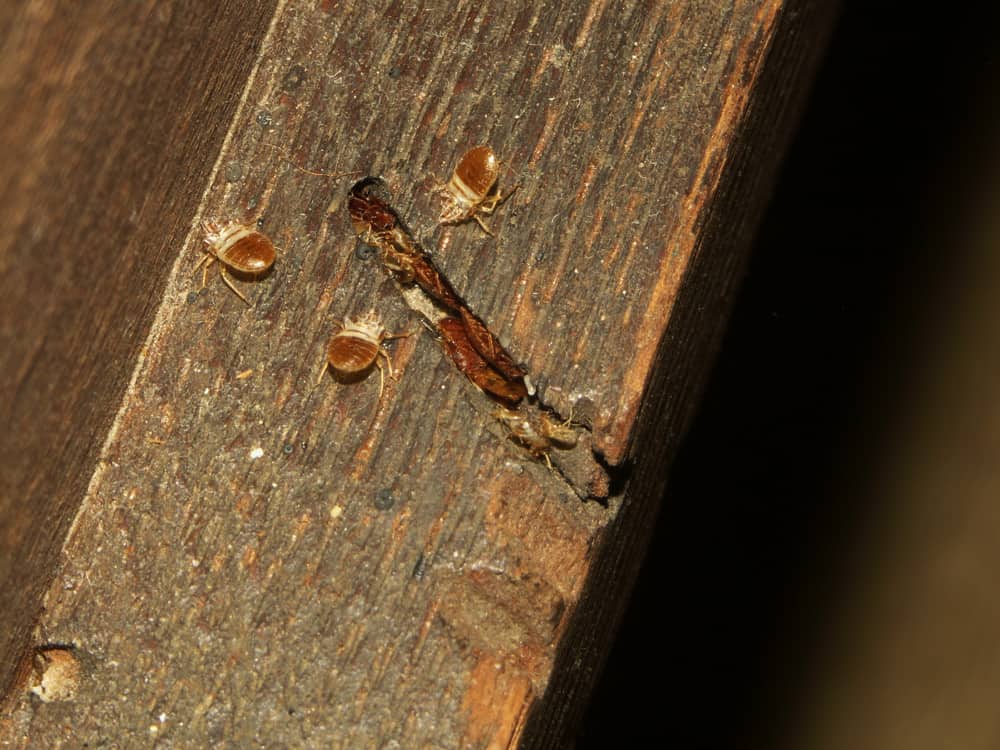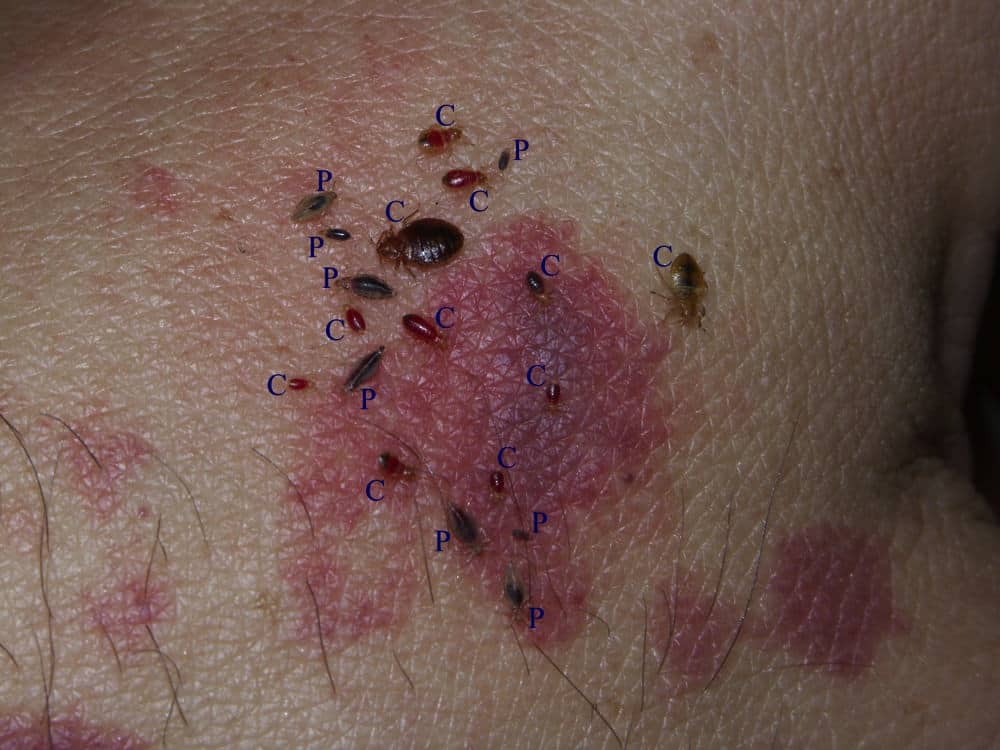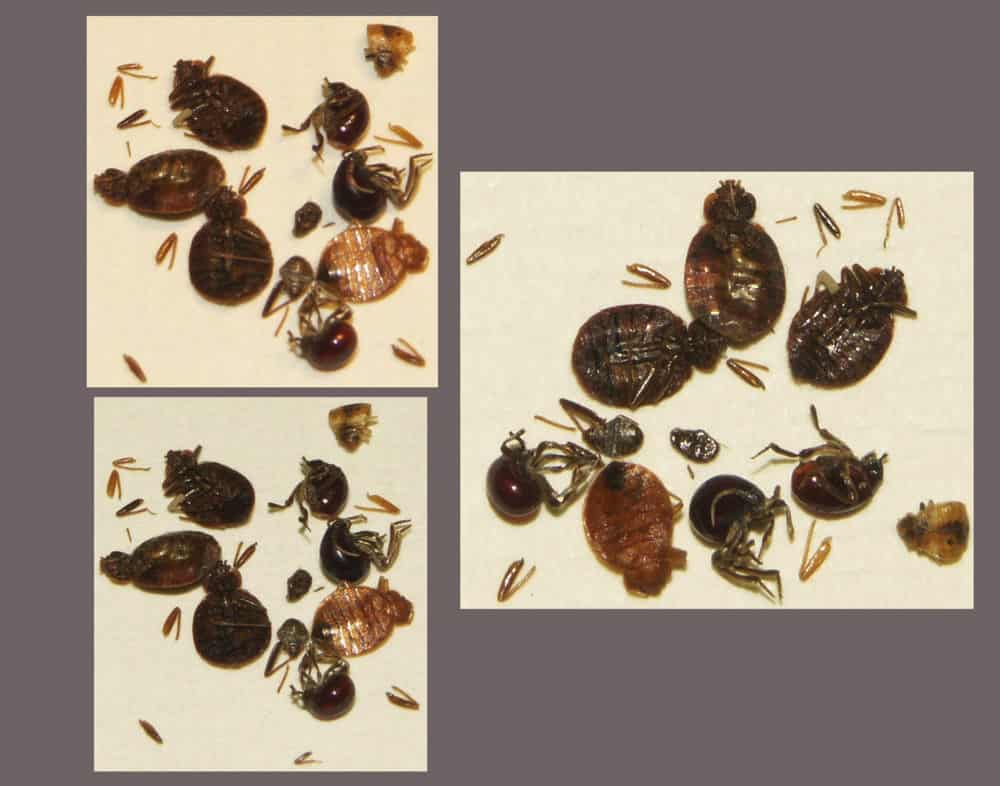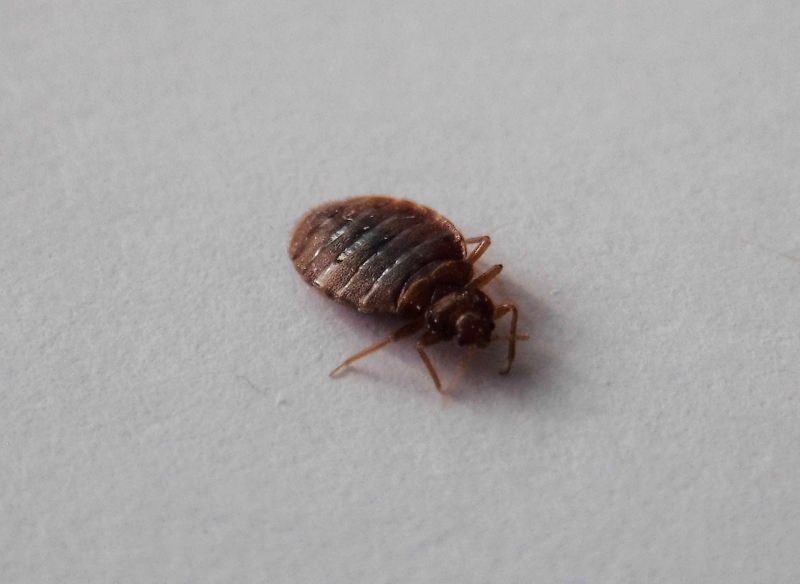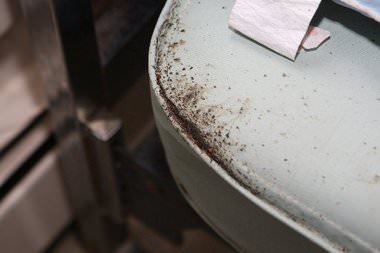Is It Normal to See Bed Bugs After Treatment?
After finding bed bugs in your house, professional treatment is the best way forward. These pests can quickly get out of control if the correct action is not taken in time. However, treating bed bugs successfully is not always easy.
Bed bug problems can be complex and difficult to deal with, requiring extensive treatment. This may need to take place over several months and involve a number of treatment sessions. Is it normal to still see bed bugs after your home has been treated? Let’s find out.
Types of Bed Bug Treatment
When it comes to treating bed bugs, there are various methods available and we will cover a few below. Two of the most commonly used methods to treat infestations are heat treatment and insecticides. Both are effective and work well to tackle bed bug infestations.
Heat Treatment
Although they like to be warm, bed bugs only have the ability to survive in conditions up to a certain temperature. They will typically die when temperatures rise above 118 degrees Fahrenheit. Heat treatments require large, professional equipment to increase the room temperature and kill off any bugs.
An air temperature of 135 to 145 degrees Fahrenheit will be reached during treatment and could take around six to eight hours to complete.
You will need to remove any furniture or belongings that may be damaged by exposure to these extreme temperatures. Your pest control professional will provide specific instructions according to your situation.
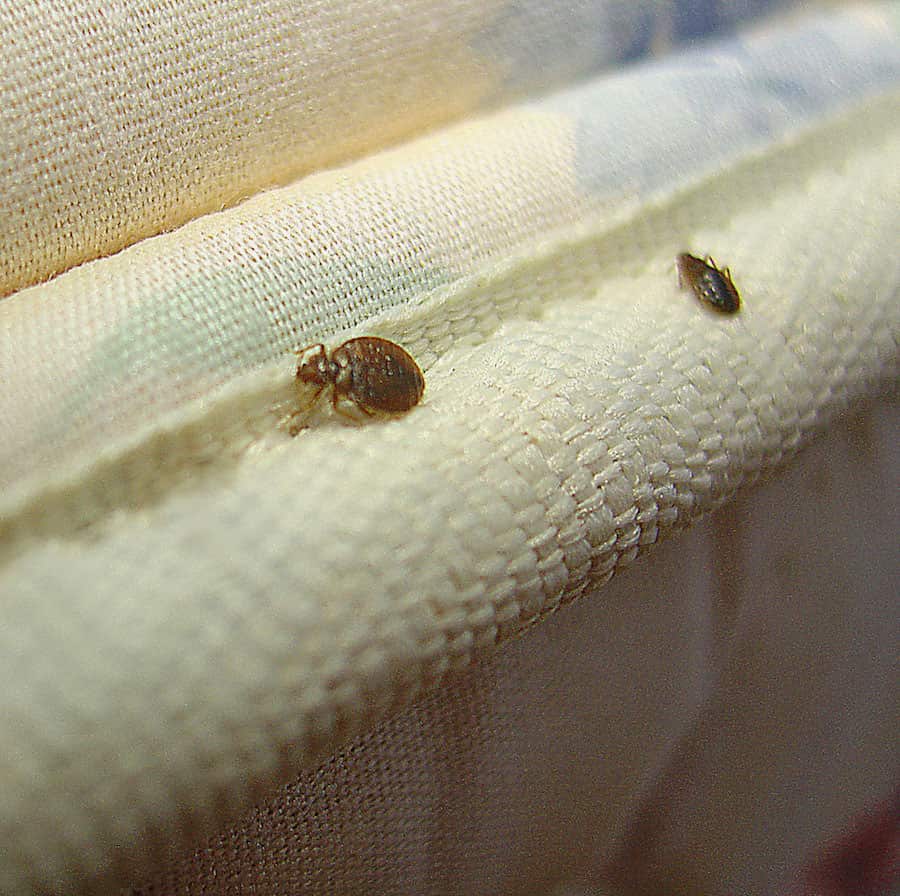
The upside is that heat treatment is free of harsh chemicals, typically used for pest control. However, it offers no solid protection against future infestations. If any eggs that have survived, they will hatch normally and continue the life cycle. Your pest control company may recommend a residual chemical treatment be applied too, as an extra preventative measure.
My favorite way to heat household items to a temperature that is sure to kill all bed bugs and eggs without needing to purchase expensive pest control heat treatment is to use a ZappBug Heater, which is specially designed to kill all stages in the bed bug life cycle.
Simply place infested items into the ZappBug heater and it will automatically reach the all-important bed bug killing temperature, so you can be sure the items come out all-clear.
Large and small versions are also available.
Chemical Treatment
The most effective chemical treatments require the use of three different pesticidal products. There should be a quick action chemical, aimed at killing any bed bugs on contact, and this will be applied to surfaces like sofas and mattresses.
Following this is a residual chemical treatment. This will be applied into smaller cracks and crevices in a bid to catch any sneaky, hidden bugs. The final chemical treatment is in the form of a powder.
This powder will be applied to provide an extended amount of protection. Your pest control company may place this dust in baseboards and electricity sockets, in a bid to cover all bases.
What Happens During a Professional Bed Bug Treatment?
As soon as you involve a professional to treat a bed bug issue, they will come to assess the problem. Depending on the scale of the infestation, a full treatment may need a number of different sprays.
In general, bed bugs are usually difficult to find and pinpoint. Therefore it can be challenging to ensure that all areas have been treated properly. Follow-up treatment can help to ensure that any areas which may have been missed the first time will be tackled.
Another reason why more than one treatment may be recommended is due to bed bug eggs. Bed bug eggs are tough and can survive the heat and many chemical treatments used by professional pest control companies. Any eggs remaining will hatch up to a few weeks later. Eggs have the ability to remain dormant for up to a month.
What to Expect After a Professional Bed Bug Treatment
In the weeks following your first bed bug treatment, it is possible, in fact likely, that you will still see bed bugs, As the remaining eggs begin to hatch, they will continue to survive and begin breeding again. As soon as you see any signs of surviving bed bugs, inform your pest control company, immediately.
It is likely that the company will inform you, prior to starting a treatment, how many sessions you will need. Do not be disheartened, or alarmed, if you still see bed bugs following a treatment. It will take a little time to completely kill off surviving eggs.
As the baby bugs hatch, they will be exposed to the chemicals from the treatments and should not survive very long. It is important to remain vigilant though, to ensure that the treatment is working successfully.
If you wish, you can use your own-purchased bed bug sprays to keep on top of killing any beg bugs you see after the initial treatment, although you should continue to work with professional exterminators until the infestation has been completely destroyed.
One of the best bed bug sprays that I’ve yet to personally use is the completely natural Bed Bug Patrol Bed Bug Killer. Not only does it have a 100% kill rate against live bed bugs in controlled tests, but it’s also child and pet friendly. This product can be used against both light and heavy infestations, and most importantly, it’s laboratory tested and completely chemical-free.

